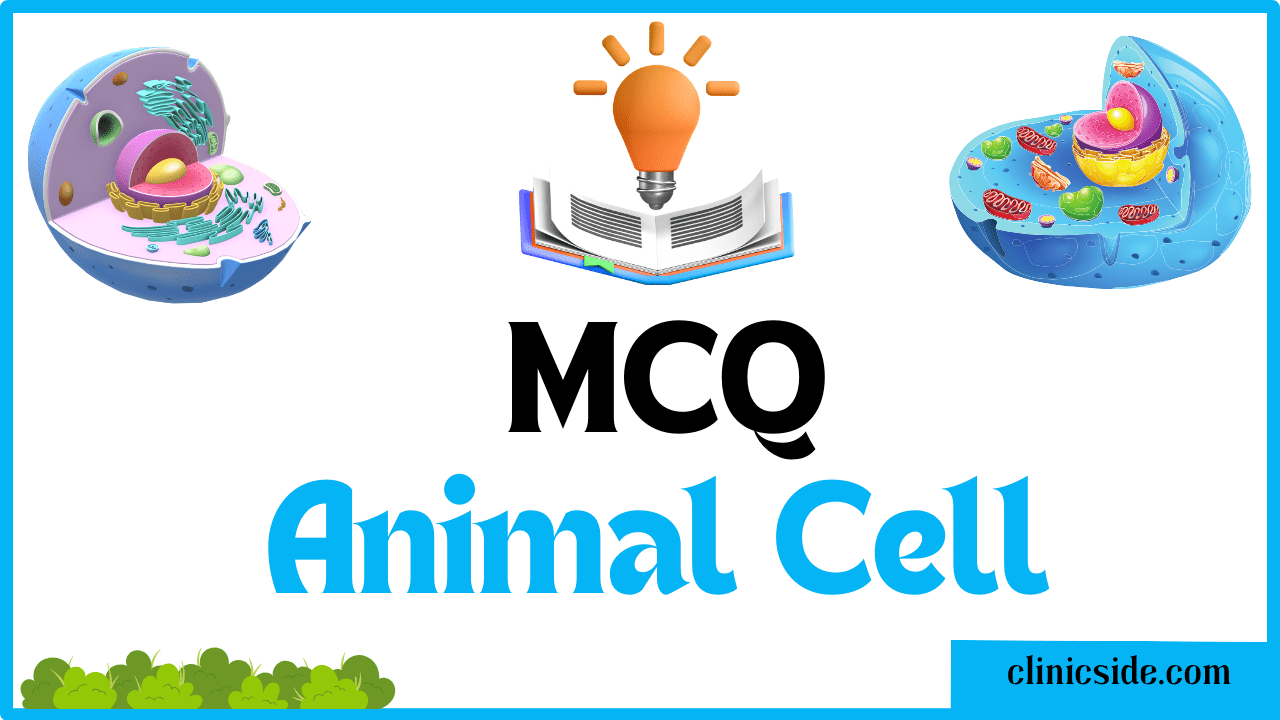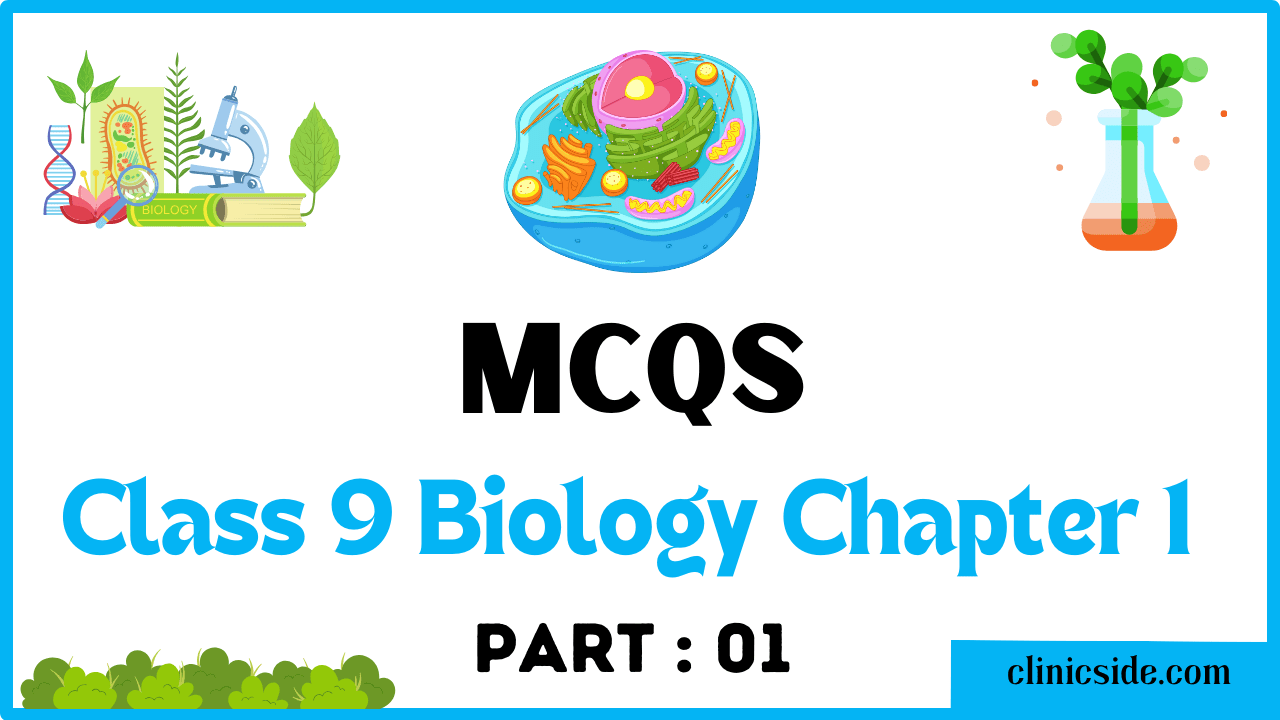Structure and Function of Animal Cell
Cytoplasm:
The material between the cell membrane and nuclear membrane is referred to as cytoplasm. It houses various organelles, and numerous biochemical reactions, including glycolysis, occur within it.
Ribosomes:
Ribosomes are granular bodies that can exist in two forms: (a) Attached with Endoplasmic Reticulum (ER) and (b) Freely dispersed in the cytoplasm. Composed of equal amounts of RNA and protein, ribosomes lack a membrane and are found in both prokaryotes and eukaryotes. They are crucial sites for protein synthesis, where amino acids join to form proteins.
Endoplasmic Reticulum (ER):
Endoplasmic Reticulum is a network of interconnected channels that is continuous with the plasma membrane, nuclear membrane, and Golgi apparatus. There are two types of ER: smooth ER, where ribosomes are not attached, playing a key role in lipid formation, and rough ER, with attached ribosomes, involved in protein synthesis. Smooth ER forms vesicles for the transport of large molecules within the cell and aids in detoxifying drugs, especially in the liver.
Golgi Apparatus:
Discovered by Italian scientist Camille Golgi in 1896, the Golgi apparatus is also known as Golgi bodies or Golgi complex. It is a stack of flattened sacs formed of membranes. The Golgi apparatus receives vesicles from the endoplasmic reticulum, modifies them, stores the secretion, and releases it in secretory vesicles. Additionally, it gives rise to lysosomes. The inner face of the Golgi stack is directed toward the endoplasmic reticulum, while the outer face is directed towards the plasma membrane.
Lysosomes:
Lysosomes are roughly spherical structures bounded by a single membrane. They contain various active hydrolytic enzymes that break down proteins, nucleic acids, lipids, and carbohydrates. Lysosomes serve as recycling centers for organelles through processes like fusion with food vacuoles, exposing nutrients to hydrolytic enzymes, and subsequent reuse of small molecular products of digestion by the cell.





